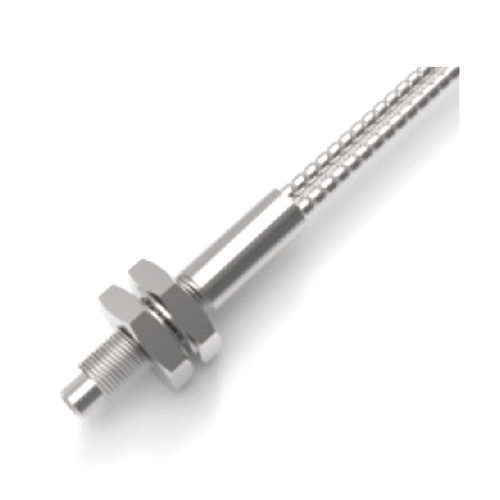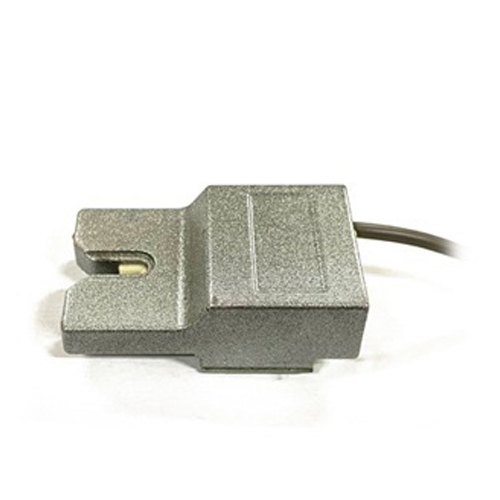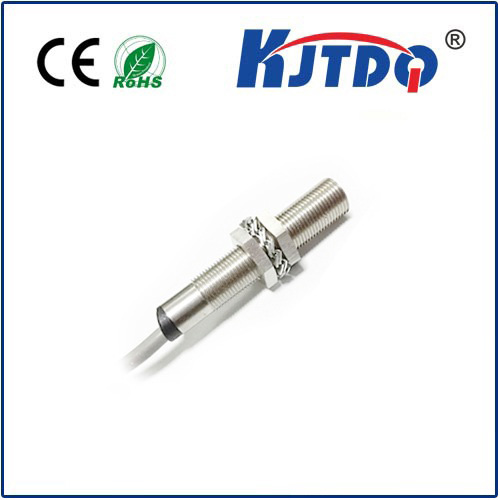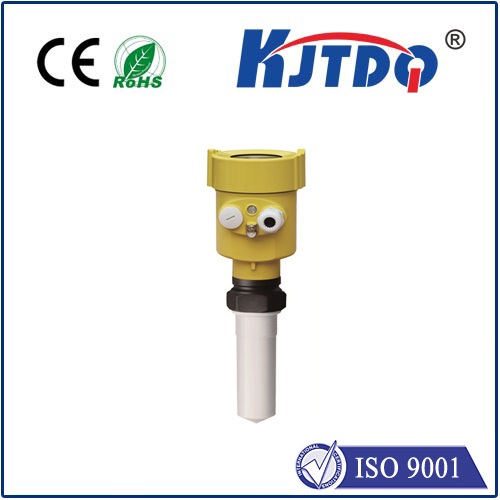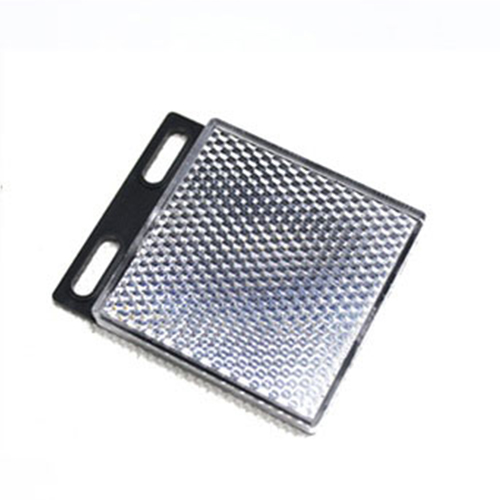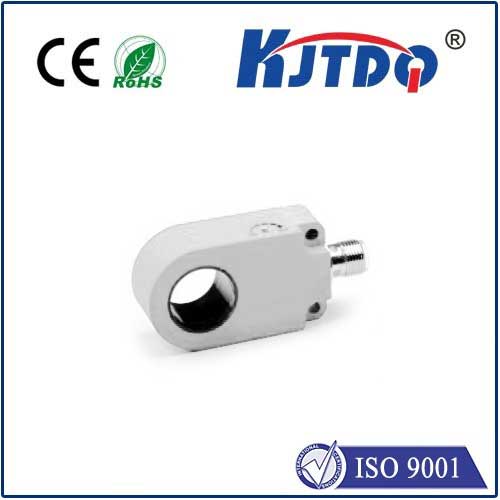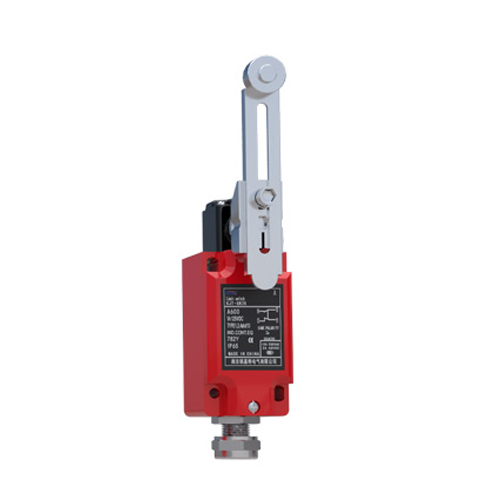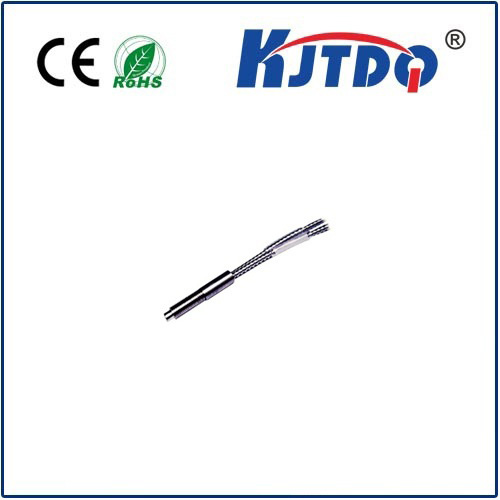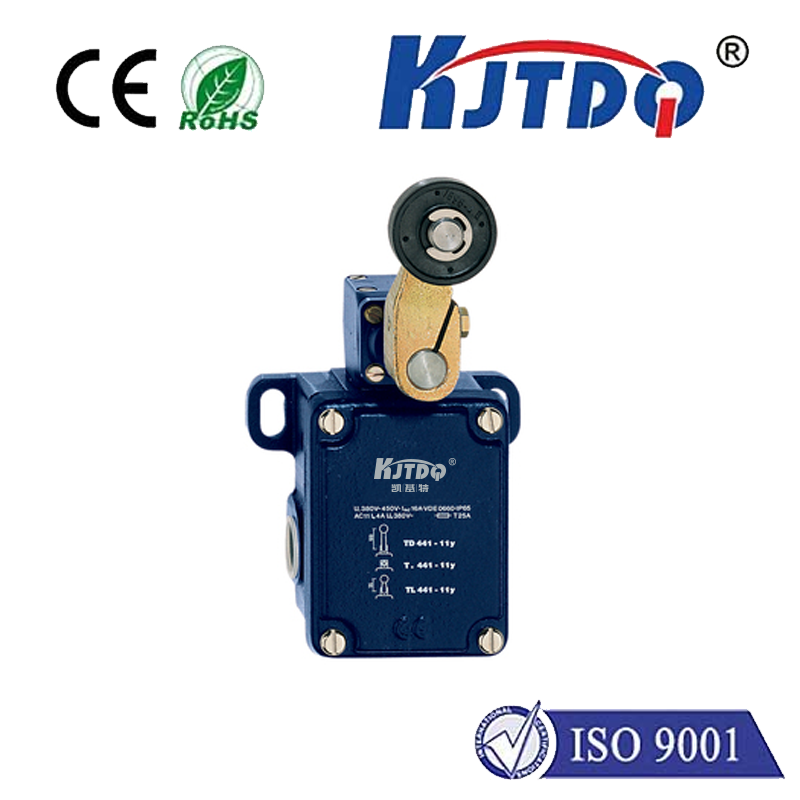optical barrier sensor
- time:2025-08-16 05:08:28
- Click:0
Optical Barrier Sensors: The Invisible Guardians of Efficiency and Safety
Imagine you’re at an amusement park. The roller coaster suddenly halts midway. Instead of panic, there’s calm focus. Chances are, an optical barrier sensor detected an anomaly – perhaps a fallen object on the track or an unauthorized access attempt – triggering an instant safety stop. This unseen technology, working tirelessly in the background, is a cornerstone of modern automation, security, and countless processes we rely upon daily. These sensors are the unsung heroes, the silent sentinels ensuring everything runs smoothly and safely.
Beyond amusement parks, optical barrier sensors are fundamental components in manufacturing lines, packaging facilities, security systems, medical devices, and even our vehicles. They provide a fast, reliable, and non-contact method to detect the presence, absence, position, or movement of objects. Their versatility and dependability make them indispensable across a vast spectrum of industries.
So, How Do Optical Barrier Sensors Actually Work?
At their core, optical barrier sensors operate on a beautifully simple yet highly effective principle: interrupting a beam of light. They consist of two distinct units:

- Emitter/Transmitter: This component houses a light source, typically an infrared (IR) Light Emitting Diode (LED), though sometimes visible red light or even lasers (for longer ranges) are used. Its job is to constantly generate a beam of light.
- Receiver: Positioned directly opposite the emitter, the receiver contains a photosensitive element (like a phototransistor or photodiode). Its sole purpose is to detect the light beamed by the emitter.
The magic happens when an object passes between the emitter and receiver. This object breaks the light beam, preventing it from reaching the receiver. The receiver detects this sudden absence of light and triggers an output signal – typically switching from a “light received” state to a “beam broken” state. This output signal is then used by a control system (like a PLC - Programmable Logic Controller) to initiate an action: stop a conveyor belt, count an item, open a door, sound an alarm, or pause a machine.
There are two main configurations:
- Through-Beam (or Transmissive): The most common and reliable type. The emitter and receiver are separate units facing each other directly. The object breaks the direct line of sight. This setup offers long sensing ranges and excellent reliability. However, it requires wiring and mounting both components on opposite sides.
- Retroreflective (or Reflex): Here, both the emitter and receiver are housed in a single unit. The emitted light beam travels towards a specialized retroreflector (like a corner-cube prism or high-quality reflective tape). This reflector bounces the light beam directly back to the receiver unit. An object passing in front of the reflector blocks the beam, preventing it from returning to the receiver, thus triggering the signal. This is easier to install (only one unit requires wiring) but slightly less reliable than through-beam due to potential dust/dirt on the reflector. The sensing range is generally shorter than through-beam.
Why Choose Optical Barrier Sensors? The Compelling Advantages
Several key benefits explain the widespread adoption of optical sensors in barrier mode:
- Non-Contact Sensing: The most significant advantage. Detection happens without physically touching the object. This eliminates wear and tear on both the sensor and the object, leading to greater longevity and reliability, especially in high-speed applications. It also allows detection of delicate, fragile, or hot objects that contact sensors might damage.
- High Speed & Precision: Light travels incredibly fast! These sensors can detect objects moving at very high speeds with millisecond response times. This makes them ideal for high-speed production lines, counting applications, and position verification where timing is critical.
- Long Sensing Ranges: Especially in the through-beam configuration, optical barrier sensors can reliably detect objects over several meters, sometimes even tens of meters, depending on the emitter power and receiver sensitivity. This isn’t feasible with most mechanical switches or proximity sensors.
- Versatility: They can detect almost any object that interrupts the beam – opaque solids, liquids (in some setups), and even semi-transparent materials depending on sensor sensitivity adjustment. Different housing materials (metal, plastic) and protection ratings (IP67, IP69K) allow use in harsh environments with dust, moisture, vibration, and washdown conditions.
- Reliability & Stability: Modern optical barrier sensors offer excellent resistance to ambient light interference and provide consistent, stable performance over long periods. Features like modulated infrared light help distinguish the sensor’s beam from stray environmental light.
Where Are Optical Barrier Sensors Making a Difference?
The applications are virtually limitless, but some prominent examples include:
- Industrial Automation: The bedrock. Used for object detection on conveyor belts (presence/absence), counting products (each break counts one), position verification (is the part in place?), jamming detection (blocked beam = jam), and machine guarding (safety light curtains protecting personnel).
- Packaging Machinery: Ensuring precise positioning of bottles, cans, or boxes for labeling, filling, capping, and palletizing. Detecting missing items or labels.
- Material Handling: Monitoring warehouse conveyors, detecting items at sorting gates, verifying pallet presence on Automated Guided Vehicles (AGVs) or lifts.
- Security & Access Control: Forming the basis of intrusion detection systems (breaking a beam triggers an alarm), monitoring doors and gates (door open/closed status), and safeguarding perimeters.
- Automotive: Used in assembly lines and within vehicles for seat occupancy detection (sometimes), trunk lid position, and even in some advanced driver-assistance systems (ADAS) prototypes or specific functions.
- Printing & Paper Processing: Detecting paper breaks, monitoring sheet feed, and verifying stack height.
- Elevators & Door Systems: Detecting obstructions in elevator doors, sliding doors, or garage doors to prevent crushing accidents, ensuring safety first.
- Clean Rooms & Medical Equipment: Used in applications requiring non-contact sensing to maintain sterility, detecting vial presence, or monitoring equipment components. Their hygienic nature is crucial here.
- Transportation & Ticketing: Counting passengers, detecting vehicles at toll booths, verifying ticket insertion or validation.
Key Considerations for Optimal Performance
While powerful, deploying optical barrier sensors effectively requires understanding a few nuances:
- Environment: Dust, fog, steam, or heavy vibration can scatter or block the light beam, causing false triggers. Selecting sensors with appropriate ingress protection (IP rating) and, if necessary, air purge collars, is essential for challenging environments. Ambient light interference is generally well-managed by modern modulated IR sensors but should still be assessed.
- Object Properties: Highly reflective objects can sometimes cause issues with retroreflective sensors if the object bounces the beam back to the receiver even when present. Through-beam sensors are largely immune to object surface properties, detecting any opaque interruption.
- Alignment: Precise alignment between the emitter and receiver (for through-beam) or the sensor and reflector (for retroreflective












